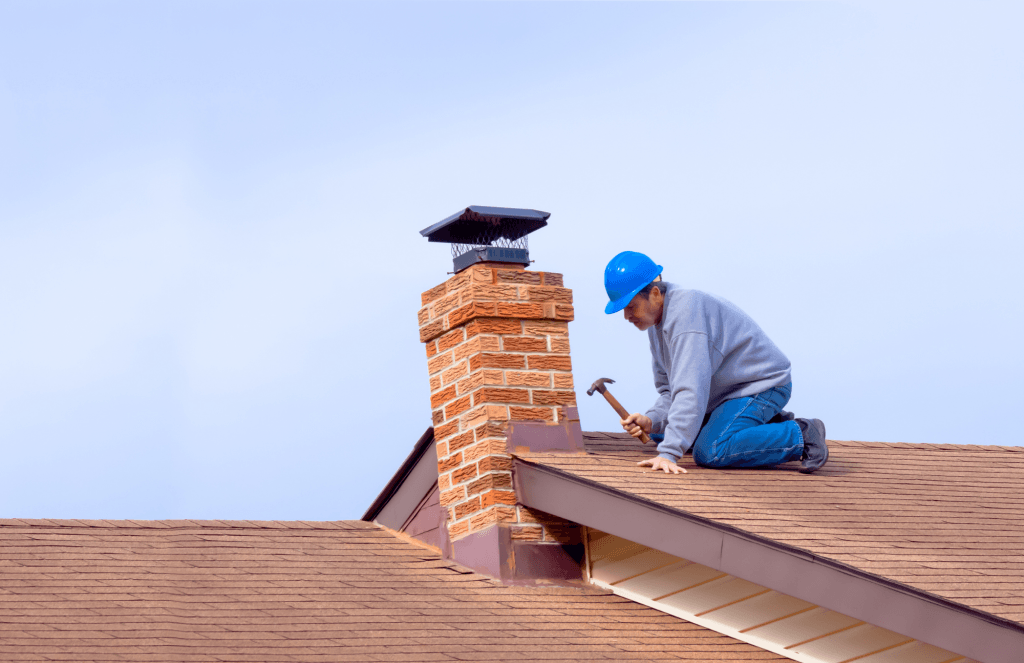When it comes to roof replacement, it’s essential to follow the proper procedures to ensure a safe and compliant project. One crucial aspect that homeowners and contractors often overlook is obtaining a building permit. A building permit for roof replacement is a legal requirement in many jurisdictions, and failing to obtain one can lead to significant consequences. In this article, we will delve into the importance of obtaining a building permit for roof replacement, the process of acquiring it, and why it should never be overlooked.
Understanding the Importance of a Building Permit
A building permit is an official document issued by the local government or building department that authorizes the construction or renovation of a building or structure. Roof replacement falls under the category of construction that typically requires a permit. The primary reason behind obtaining a building permit for roof replacement is to ensure that the project adheres to the local building codes and safety standards.

Compliance with Building Codes and Safety Standards
Building codes exist to safeguard the occupants and the community from potential hazards. When you obtain a building permit for roof replacement, you are essentially ensuring that the work will be carried out following the relevant building codes and safety regulations. This means using the right materials, proper installation techniques, and adherence to structural guidelines.
Advantages of Obtaining a Building Permit: Acquiring a building permit for roof replacement offers various advantages, including:
- Legal Compliance: As mentioned earlier, obtaining a permit is a legal requirement in many areas. By following the rules, you avoid fines, penalties, and possible legal issues that could arise from unpermitted work.
- Inspection and Quality Assurance: During the permit process, the local building authority will conduct inspections at different stages of the roof replacement. These inspections ensure that the work is being carried out correctly and up to code.
- Insurance Coverage: Some insurance companies may not cover damages or issues caused by unpermitted work. Having a building permit in place provides an added layer of protection should any problems arise.
- Increased Property Value: If you plan to sell your home in the future, having a properly permitted roof replacement can increase your property’s value. Prospective buyers are more likely to trust a home with documented, code-compliant renovations.
The Process of Obtaining a Building Permit
The process of obtaining a building permit for roof replacement may vary depending on your location. However, the general steps typically include:
- Research: Start by researching your local building codes and permit requirements. You can visit your city or county’s official website or contact the building department directly.
- Document Preparation: Prepare all the necessary documents required for the permit application. This may include roof plans, material specifications, contractor information, and sometimes even a structural engineer’s report.
- Submit the Application: Submit the completed application and documents to the building department. The review process can take some time, so be patient.
- Pay the Fee: There is usually a fee associated with the building permit application. The amount can vary depending on the scope of the project.
- Wait for Approval: Once you’ve submitted the application and paid the fee, the building department will review your documents and plans. If everything is in order, you will receive the building permit.
Common Mistakes to Avoid
When dealing with building permits for roof replacement, there are some common mistakes you should avoid:
- Starting Work Without a Permit: One of the most significant mistakes is starting the roof replacement without obtaining a permit. Not only is this illegal, but it can also lead to costly consequences and potential safety hazards.
- Ignoring Building Codes: Ensure that the roof replacement adheres to all relevant building codes and standards. Cutting corners to save time or money can lead to serious issues down the road.
- Using Unlicensed Contractors: Hiring unlicensed contractors may lead to subpar workmanship and void any insurance coverage you have. Always hire reputable and licensed professionals for your roof replacement project.
Conclusion
In conclusion, obtaining a building permit for roof replacement is a crucial step in any roofing project. It ensures compliance with building codes, promotes safety, and provides several benefits in the long run. Avoid the temptation of skipping this process, as doing so can result in legal problems, financial burdens, and compromised structural integrity. Remember, a building permit is not just a piece of paper; it’s a symbol of responsible and secure construction practices. So, next time you plan to replace your roof, make sure to obtain that essential building permit and enjoy a worry-free roof replacement journey.



Leave a Reply